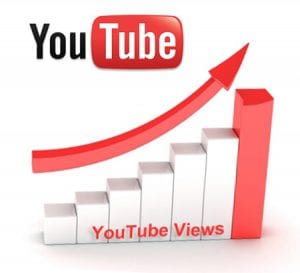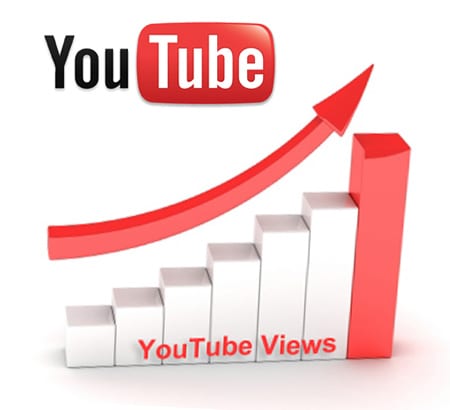This video will take you through some basic SEO for YouTube that will help optimize your YouTube video.
Listen to the audio version: [powerpress]
00:31 – First Things First
00:51 – Title and Description
02:21 – Add a Link to your Main Blog
02:48 – Tags
03:18 – Category
03:39 – Transcript
So, you have a business video that you want to share with your audience. You want to target a wide, but specific audience. Without the right SEO techniques and optimization, your video will be effectively hidden from sight.
Here’s a simple guide to show you the best way to get your video the most views from potential clients.
First things first
Choosing the right hosting site is a crucial. That’s why, with its massive user-base, popularity and SEO features, YouTube is pretty much a no-brainer. I’ll assume you have already created a YouTube account and have just uploaded your video. So the first thing we need to look at is…
Title and Description
This is a really important feature that many people don’t take the time to get right. Without the right title and description, you are making it harder for potential viewers to find and watch your video. The first step is to make sure your title contains the keyword or phrase you want your video to be found. A great way to find the most popular searches on YouTube is to start searching a term and look at the predictive searches.
If you type “How to” into the search bar, we can see a few different predictive results come up. This is basically youtube telling you what the most popular searches are right now. Your title should contain a keyword phrase that you want your video to be found by. Also, Try to keep your title under 66 characters long. Anything more than this will be cropped by Google Search.
Put in a description
The description can be around 2 to 3 sentences and should contain the keywords of your video and variations of those keywords. So we saw that “how to optimize your YouTube video” is a very popular search term, so we can include this into our description or a variation of this phrase.
Add a link to the main blog page
A good idea is also to add a link to your company’s main web page. Put it at the top of your description, so when your video is watched, your viewer doesn’t need to search or scroll to try and find your link. Make it as easy to find as possible.

Tags
Include 5 to 7 relevant keywords as tags for your video. These tags will group your video with other similar videos. This will make your video a “related video” to all the videos in that group and can generate more views for you.
So some related terms for us could be, “optimize youtube” and “youtube optimization”. Putting different variations on key phrases or words will make your video easier to find.
Category
Choose the appropriate category that relates to the subject of your video. This will help YouTube’s internal search function keep the searches for your video accurate. In the case of this video, we are going to use people and blogs since this video will be appearing on our blog. Choose the most relevant category to you and your video.
Transcript
Adding a transcript of your video into the description may seem like a hassle, but it’s a very smart thing to do. Both YouTube and Google will index your transcription and add keywords to searches that you might not have added yourself. Google may even pull whole quotes form your transcript when searched. It’s just a great way to improve the search-ability of your video.
Basically this is about allowing YouTube to serve up the best results. The easier you make it for YouTube to give accurate information, the more easily your specific audience and customers will find you.
So that’s a basic guide to YouTube optimization. If you liked this video, check out some of my other Video Marketing updates. Or, if you have any questions or would like to begin your own video production, please don’t hesitate to contact me here at Dream Engine.

Ryan Spanger is one of Melbourne’s most respected and sought-after video production professionals. Ryan founded Dream Engine in 2002, and specialises in helping medium to large corporates, government departments, and the non-profit sector to connect with their audience more effectively by using video.

